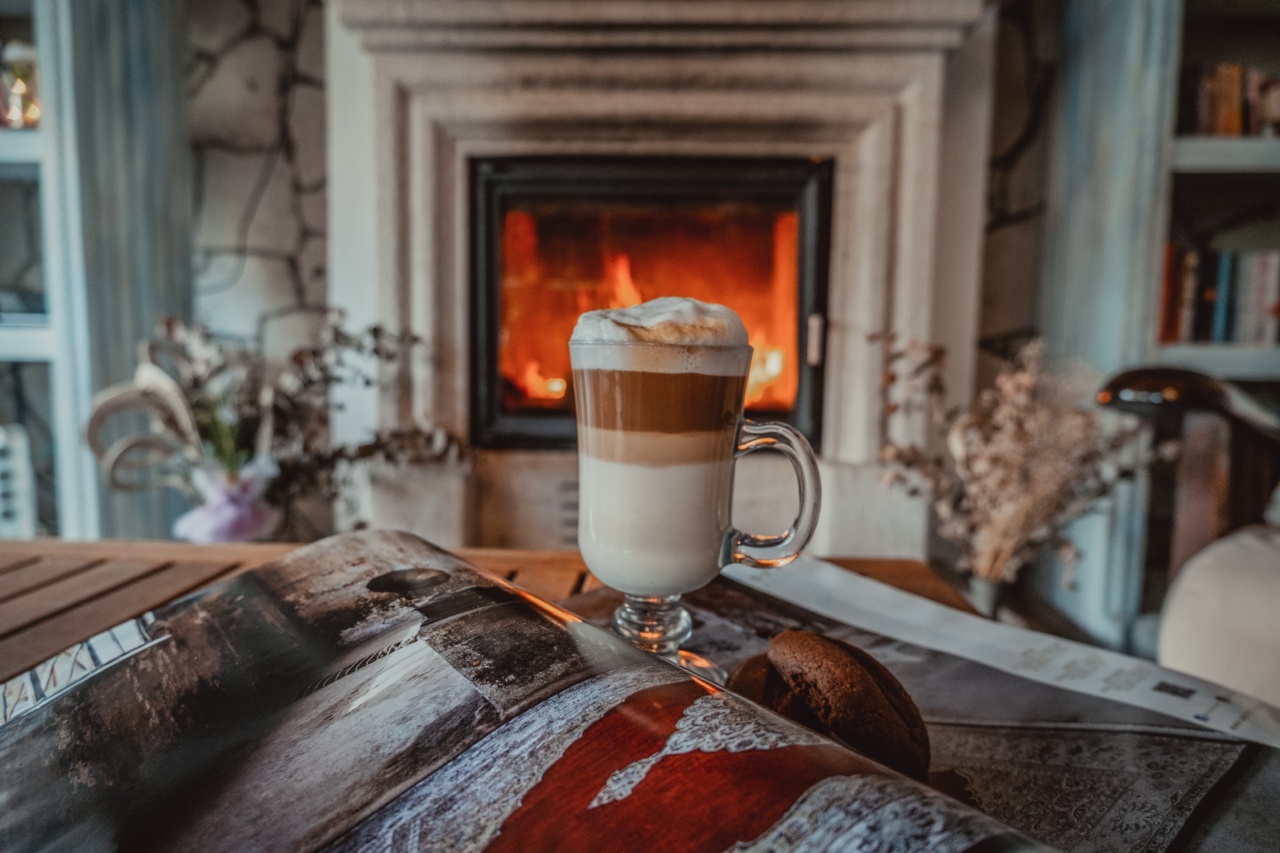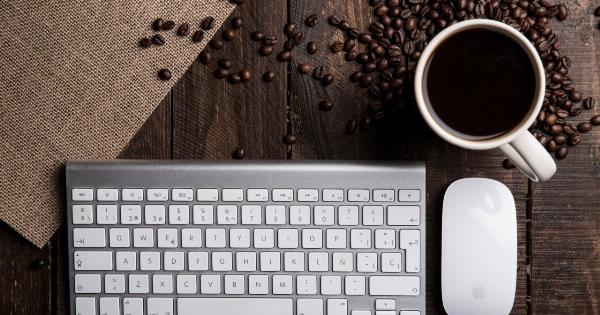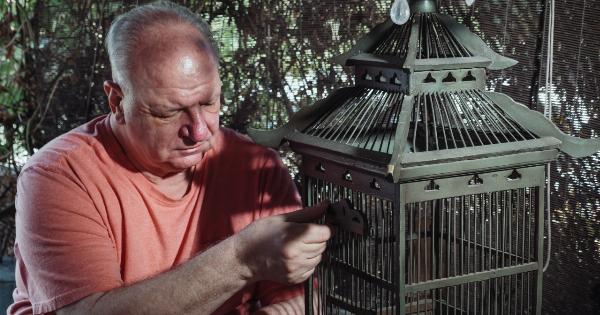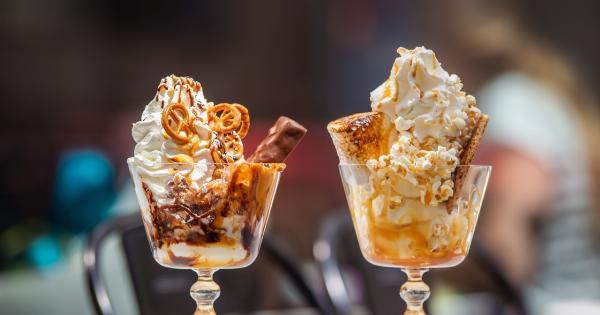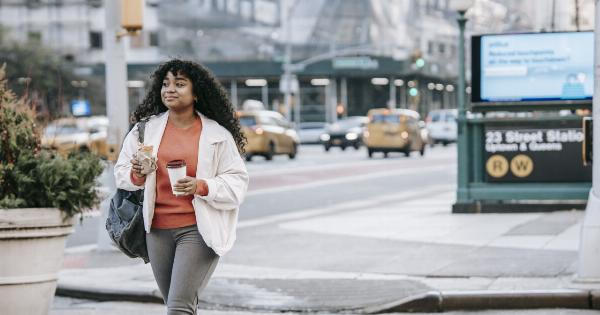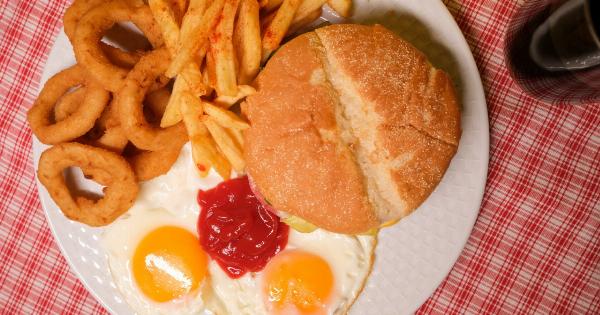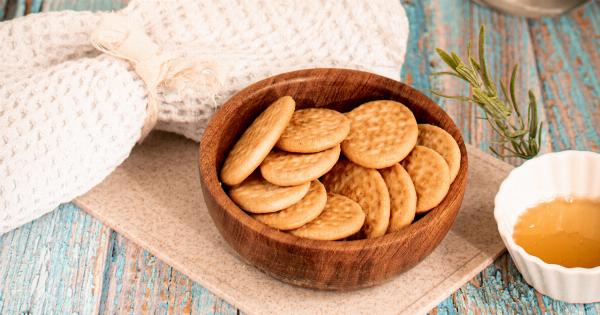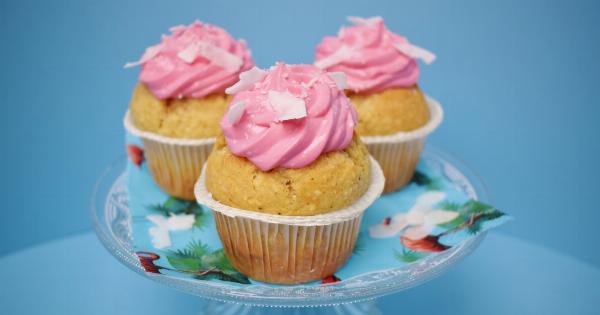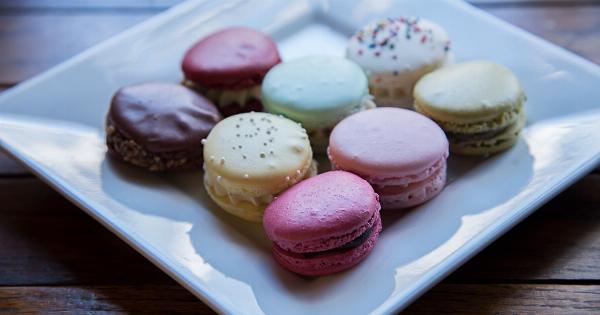Caffeine is consumed by millions of people daily, making it the most widely used stimulant in the world. It is known to help keep people alert and focused, but most of us get our caffeine from the same old sources.
Coffee, energy drinks, and tea are popular sources of caffeine. But did you know there are many other surprising sources of caffeine beyond these drinks? In this article, we will explore some of the unexpected ways you may be consuming caffeine.
Caffeinated Chewing Gum
Gum is usually associated with minty flavors and fresh breath, but did you know that some companies have started adding caffeine to their gum? One piece of caffeinated gum can contain as much caffeine as half a cup of coffee.
It is marketed as a way to stay alert and improve focus, but doctors warn that overconsumption of these gums can be harmful to the body.
Medications
Many over-the-counter and prescription medications contain caffeine. Painkillers and migraine medications often contain up to 130mg of caffeine per tablet.
Excessive use of these medications can lead to overconsumption of caffeine and its related side effects, including insomnia, fast heartbeat, and tremors.
Energy Mints
Energy mints are like gum with caffeine added to it. These tiny mints can contain up to 100mg of caffeine per piece, which is equivalent to a small coffee.
Energy mints and gum are popular with people who want to avoid drinking coffee or tea but still want the benefits of caffeine.
Chocolate
Chocolate is known for its mood-boosting properties, but it also contains caffeine. The amount of caffeine in chocolate varies depending on the type of chocolate. Milk chocolate has the least amount of caffeine, while dark chocolate has the most.
A standard dark chocolate bar can contain up to 50mg of caffeine, enough to give you a small energy boost.
Soft Drinks
Many soft drinks, including cola, contain caffeine. A regular can of cola has around 35-40mg of caffeine, while a can of energy drink can have up to 160mg.
Drinking too much soda can lead to a high caffeine intake, which can lead to caffeine dependency and other health problems.
Tea
Tea is a popular alternative to coffee and is often seen as a healthy beverage. However, it can also contain around 30-60mg of caffeine per cup. The amount of caffeine in tea depends on the type of tea and how it is brewed.
Black tea contains the most caffeine, while green and white tea contain less. Herbal teas are caffeine-free.
Ice Cream
Ice cream might be the last place you expect to find caffeine, but some brands have started adding caffeine to their products. A serving of caffeinated ice cream can contain up to 65mg of caffeine, which is equivalent to a small cup of coffee.
This is another way to get your caffeine fix without drinking coffee.
Protein Bars
Protein bars are a popular snack for people who want to stay active and healthy. However, some protein bars also contain caffeine. One bar can contain around 100mg of caffeine, which is equivalent to a small cup of coffee.
If you eat several protein bars a day, you could be consuming more caffeine than you realize.
Pre-Workout Supplements
Pre-workout supplements are a popular way to boost energy levels before hitting the gym. These supplements often contain caffeine, along with other stimulants like taurine and beta-alanine.
One serving of pre-workout can contain up to 300mg of caffeine, enough to make you feel jittery and anxious.
Energy Water
Water is usually associated with hydration and refreshment, but some companies have started adding caffeine to their water. This energy water can contain around 50mg of caffeine per bottle, which is equivalent to a small cup of coffee.
Energy water is marketed as a healthier alternative to energy drinks, but doctors warn that overconsumption can lead to caffeine dependency and health problems.
Conclusion
Caffeine is found in many everyday products, and it’s essential to be aware of the amount of caffeine you are consuming.
While caffeine can help keep you alert and focused, it can also lead to side effects like insomnia and anxiety if consumed in excess. So, the next time you’re looking for a caffeine boost, try one of these surprising sources of caffeine beyond coffee.
